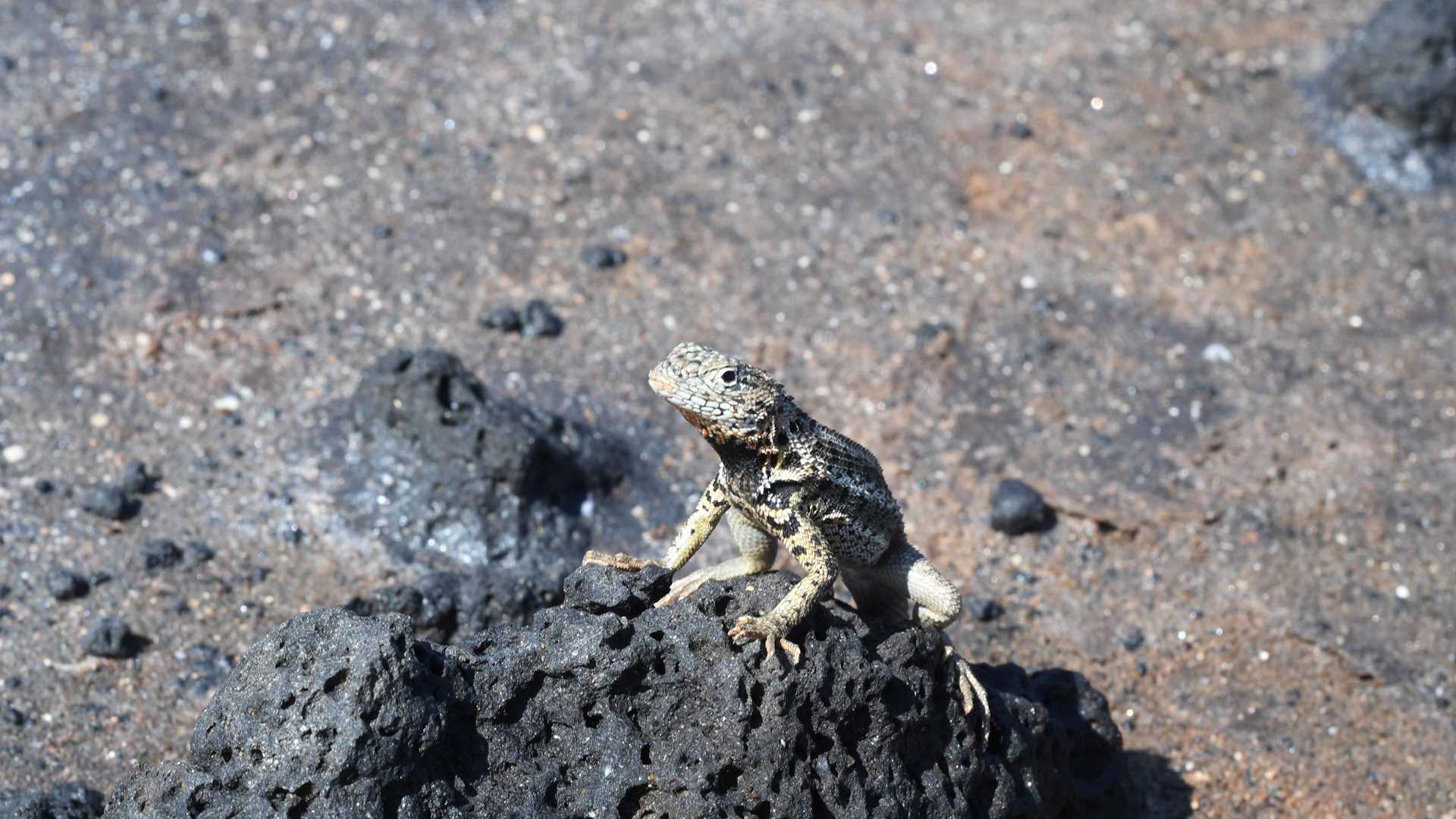We arrived at Cerro Dragon on the northwestern realm of Santa Cruz Island, the second largest island of the Galapagos. Santa Cruz is home to one of the most emblematic creatures of the archipelago, yellowish-golden reptiles (Conolophus subcristatus) known as the Galapagos land iguana. After breakfast, we boarded Zodiacs to head toward the place. We found several of the golden reptiles in one of the visitor sites where the Galapagos National Park has put a lot of effort into controlling the number of introduced species. We also found marine iguanas walking in the area, warming their bodies with the first rays of the sun. In the sea, blue-footed boobies tried to catch some fish. Back onboard, we got ready for an amazing snorkeling at Guy Fawkes islets, where we found two manta rays, one whitetip reef shark, various beautiful fish, and colorful marine invertebrates on the vertical wall of the islets.
After a smooth navigation in the afternoon, we arrived at “Bahia Borrero,” where we explored the bay in Zodiacs. Some of us took the opportunity to practice energetic kayaking and paddleboarding.
Just before sunset, National Geographic Endeavour II circumnavigated around Daphne Mayor Islet, a very important study site for the famous Darwin finches. It was the best way to end another day of our fantastic expedition.







